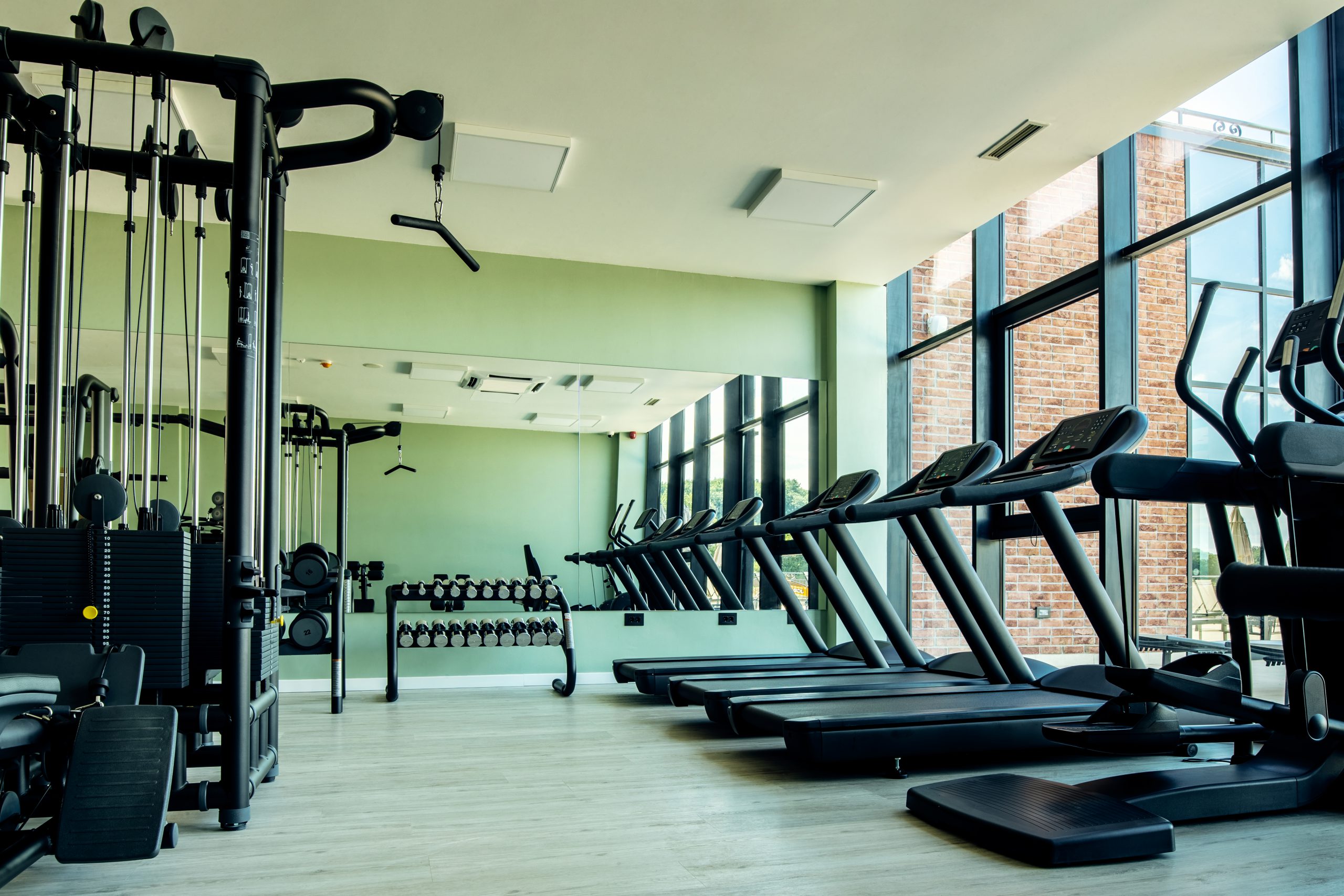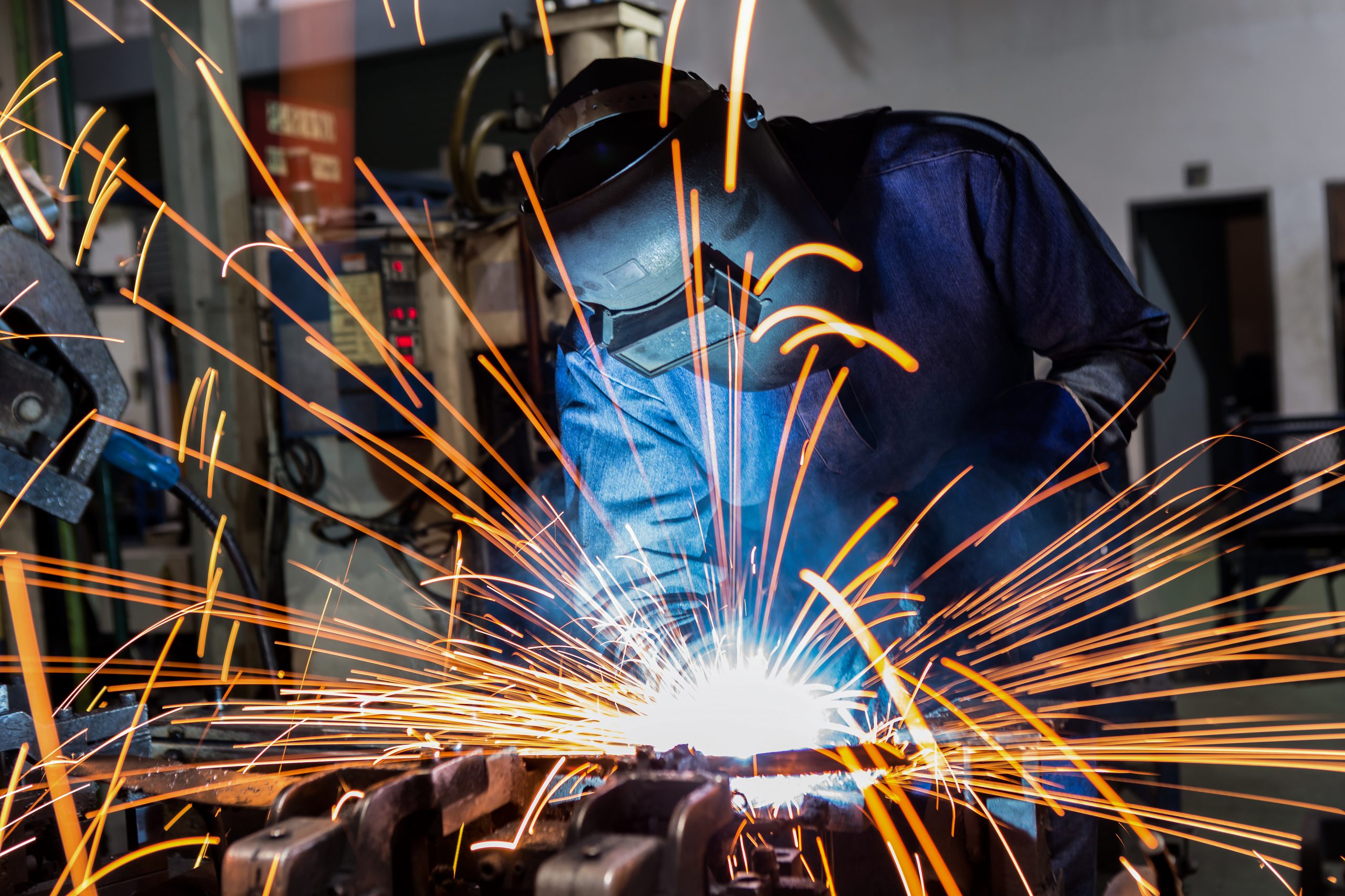Resolve to Protect the Safety and Health of Workers Manufacturing Fitness Equipment
Posted on by
As we end January, many reevaluate their New Year’s resolutions. Maybe you are one of the many Americans who resolved to improve their diet and start an exercise routine or join a gym. Exercise is not only good for your health, but the fitness industry is also a big part of the U.S. economy. In 2022, gyms, health clubs, and fitness clubs in the U.S. are expected to make over $35 billion. This figure only applies to commercial operations; it does not include equipment purchased for home gyms which grew in popularity during the COVID-19 pandemic. The lack of availability of fitness equipment during the pandemic led many to think about the manufacturing process and workers behind the equipment that gets our hearts pumping. The safety and health risks to workers during the manufacturing of fitness equipment is the focus of this blog.
The earliest known structured exercise seems to have come from both the Egyptian and Chinese cultures. Fitness grew in popularity in the Greek culture when it was more formalized to train for athletic competitions. The value of physical movement was noted by the Greek physician Hippocrates: “If we could give every individual the right amount of nourishment and exercise, not too little, and not too much, we would have found the safest way to health.” Structured fitness lost popularity with the decline of Greek culture. Beginning in the 16th century, modern exercise practices were formalized. In the U.S., Jack LaLanne opened the first health club in Oakland, California in 1939. He designed and introduced many of the weight machines that are still popular in gyms today.

Most of the gym equipment such as treadmills, exercise bikes, free weights, weight benches, squat racks, and dumbbells, has been welded during the manufacturing process to provide strength and stability. Workers may be exposed to multiple hazards from the welding process. These include exposure to metal fumes and UV radiation, burns, eye damage, electrical shock as well as cuts and crushed fingers and toes. The most common welding injury is electric shock from contact with the arc. Metal fumes created by welding may contain manganese and other metals. Although manganese is essential for building bone, healing of wounds, and blood clotting, only very small amounts are needed and are easily obtained through diet. Exposure to excessive amounts of manganese may cause health effects such as liver, lung, and kidney damage and central nervous system effects. Other components of welding fume may include chromium and other metals, shielding gases such as helium, argon, and nitrogen, and gases created by the process such as nitrogen dioxide, hydrogen fluoride, and ozone. Most exposures can be controlled by engineering controls and with appropriate PPE.
In the modern factory, welding processes are often automated by robots. While eliminating some hazards, it also introduces new risks from working around robots that should be contained by adequate guarding, engineering controls, and personal protective equipment.
Plastic components are also a necessity for most pieces of exercise equipment. High-quality thermoplastic parts are needed for many components, including plastic pulleys, adapters, sprockets, and custom parts. Injection molding may be used to produce exercise equipment parts with high tolerances and exact specifications. Workers who make these components may experience injuries, including cuts and amputations, if adequate machine guarding is not in place. Occupational injuries could occur because of contact with various moving parts of plastics machinery as well as the high voltage and high temperature emitted by the machine. Workers may also be exposed to chemical fumes generated when plastic is heating, such as during injection molding or thermoforming. These potentially harmful vapors can cause respiratory and other kinds of adverse health effects in workers.
The assembly tasks required to put the equipment together also present the risk for workplace safety hazards including pinches, slips, trips, and falls, and injuries from being struck by or caught in machines. The potential for overexertion and repetitive motion injuries should also be monitored.
Good luck with your New Year’s resolutions! If you resolved to get fit this year, stay safe while exercising and think about the workers who made the equipment you are using.
This content was originally posted as part of the NIOSH Manufacturing Program’s Manufacturing Mondays series. The Manufacturing Program uses Mondays to highlight happenings within the program and throughout the world of Manufacturing. Some weeks feature seminars by internal or external speakers or our special “lightning round” of NIOSH researchers giving short updates on their Manufacturing related research projects. Other weeks will involve sharing recent news and interesting facts related to the Manufacturing community.
Are there any topics that you would like to see featured? Please send your ideas to us at mnf-program@cdc.gov.
Jennifer L. Topmiller, MS, is a Team Leader in the NIOSH Division of Field Studies and Engineering
RJ Matetic, MS, PhD, is the NIOSH Associate Director for Manufacturing
Gary A. Roth, MS, PhD, is a Health Scientist in the NIOSH Division of Science Integration.
Richard Current, PE is Research Engineer in the NIOSH Division of Safety Research
Adam Smith, PhD, is a Senior Scientist in the NIOSH National Personal Protection Technology
For more information
NIOSH| Welding, Cutting and Brazing General Requirements
OSHA| Welding, Cutting, and Brazing
OSHA Factsheet| Controlling Hazardous Fume and Gases during Welding
Top Fitness and Gym Equipment and Manufacturers
Gym and Exercise Equipment Manufacturing Industry in the US
Posted on by

